It's always difficult to move on to the next post if I happen to like the current one. You can see I have been hesitant to shove down The New Yorker cover for nearly a week now. But the time has come, where I must do the inevitable, if I want to keep the readers (you) interested in this feed that is.
But before I move on to a completely different subject, I would like to say how much I appreciated Patty Marx's article and the fact that she mentioned me in it.
Love the cover too! At first I thought it's the artwork of Love and Rockets comic book artists Los Bros Hernandez, Gilbert, Jamie and Mario Hernandez. I was wrong. The illustration picturing a few (!) Michelle Obamas smoothly modeling some garments down the runway is credited to Jean-Claude Floc'h.
Interesting that Floc'h puts emphasis on Michelle's unique color choices - of which I have been talking about in my previous posts - of the outfits along with some key style elements that the first lady is getting known for: classic sheath cuts, decorative waist belts, layering, etc. The only thing missing was something sleeveless.
While Michelle is wearing American made designs, she is - like all of us - sporting lots of China made wear (J.Crew) these days. It's therefore fitting that Patty's article, which dissects the history of production in the U.S.A, is a cover story of the style issue.
I am Swiss. We Swiss are very proud of the label "Made in Switzerland" or "Swiss Made"- if not obviously - and for good reason. Just look at the watch market, anything worth your time and money is Swiss Made, the same goes for chocolate sweets and sewing machines (Bernina), not to mention the fabulous St. Galler Kinderfest Bratwurst, which I am missing every day. The "Swiss Made" label is of quality.
So when I moved to New York in 1992, I did not care about anything but me, sure....
Then I started realizing that I am now producing an item made entirely in the U.S.A. At first I did not embrace that fact and lamented that I would love the Swiss made label instead. However, since I was now living and working here, I started to get friendly with the Made in USA label and I made sure it was known to the customer, via hang tags.
 ...imports once felt exotic: now homegrown goods seem special...
...imports once felt exotic: now homegrown goods seem special...illustration silja goetz, the new yorker
Little did I know. For me it was not really an option to out-source. As a small business, I wanted to keep production as close to home as possible, so that I could literally smell the oil burned by the industrial sewing machines. Sure in the early 2000's I considered, in order to lower the prices, producing elsewhere. There was Turkey, where my cousin (yes, I am half Turkish) was head of a production company. I made a couple of attempts to find a production managing company in NY. But after checking out my options, there was no way that I was in the position to move manufacturing. At that point it would have required a huge amount of money to add jobs (in a foreign country), which I did not have and did not care to look for. So I kept on producing my line in the fashion district just about a mile from my studio. It just made sense to me.
While more and more big companies are shutting down altogether, I have a strange feeling that I am, at last, ahead of the game. Able to sustain an economic downturn, because of the size and local of my business and the uniqueness (not mass produced) of my product, made entirely in the U.S.A.














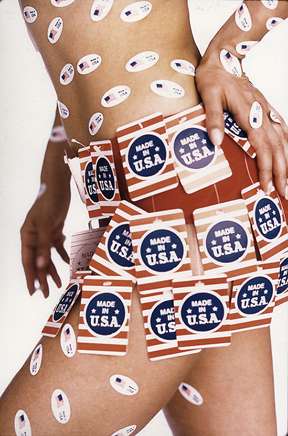
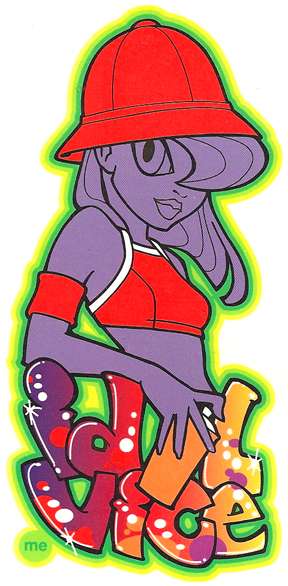
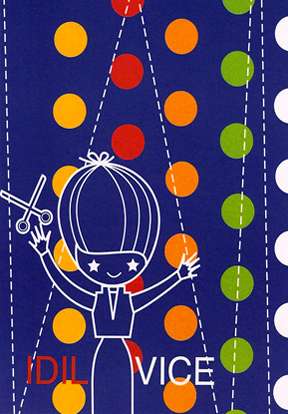
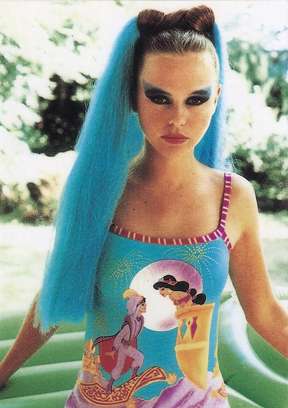
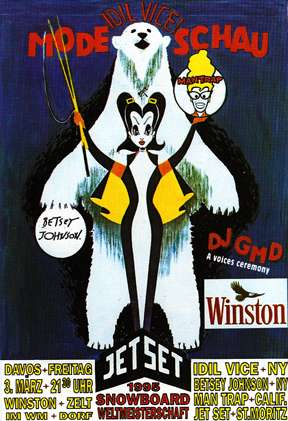
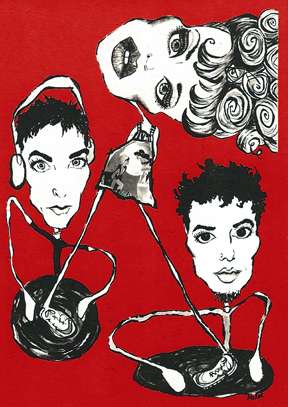

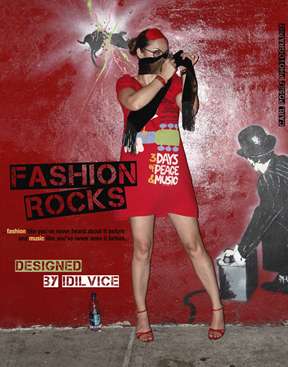



No comments:
Post a Comment